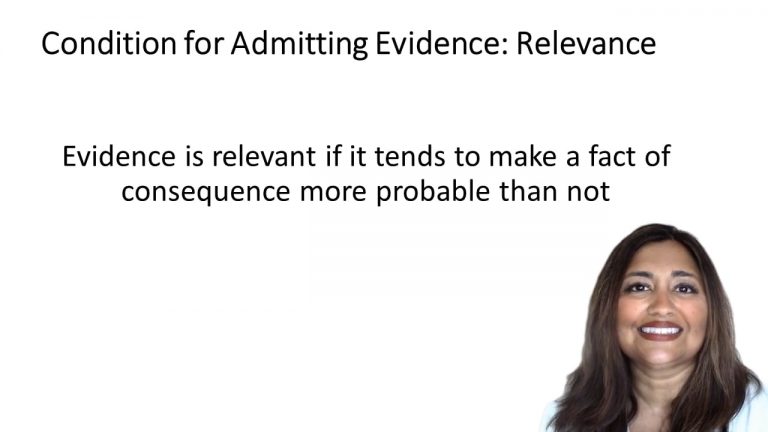SmartBrief
Confirm favorite deletion?
Evidence Keyed to Park
State v. Moore
Citation:
188 N.J. 182 (2006)Facts
The victim, M.A., was awakened in her bed at 2:30 a.m. by a man who grabbed her neck and demanded money. He sexually assaulted and threatened her, telling not to look at him. She was unable to provide the police with enough information to develop a composite sketch of the assailant. Sixteen days after the assault, she underwent hypnosis by Dr. Samuel Babcock. Besides knowing that he was black, nothing about his face caught her attention. M.A. chose defendant Clarence Moore from a photo array. Subsequently, she identified him from two more arrays. Moore was the only person common to all three. On the witness stand at trial, M.A. made an in-court identification of Moore as the person who assaulted her. Moore was convicted, but the conviction was ultimately thrown out, primarily because of prosecutorial misconduct.
Only StudyBuddy Pro offers the complete Case Brief Anatomy*
Access the most important case brief elements for optimal case understanding.
*Case Brief Anatomy includes: Brief Prologue, Complete Case Brief, Brief Epilogue
- The Brief Prologue provides necessary case brief introductory information and includes:
Topic:
Identifies the topic of law and where this case fits within your course outline.Parties:
Identifies the cast of characters involved in the case.Procedural Posture & History:
Shares the case history with how lower courts have ruled on the matter.Case Key Terms, Acts, Doctrines, etc.:
A case specific Legal Term Dictionary.Case Doctrines, Acts, Statutes, Amendments and Treatises:
Identifies and Defines Legal Authority used in this case.
- The Case Brief is the complete case summarized and authored in the traditional Law School I.R.A.C. format. The Pro case brief includes:
Brief Facts:
A Synopsis of the Facts of the case.Rule of Law:
Identifies the Legal Principle the Court used in deciding the case.Facts:
What are the factual circumstances that gave rise to the civil or criminal case? What is the relationship of the Parties that are involved in the case.Issue(s):
Lists the Questions of Law that are raised by the Facts of the case.Holding:
Shares the Court's answer to the legal questions raised in the issue.Concurring / Dissenting Opinions:
Includes valuable concurring or dissenting opinions and their key points.Reasoning and Analysis:
Identifies the chain of argument(s) which led the judges to rule as they did.
- The Brief Prologue closes the case brief with important forward-looking discussion and includes:
Policy:
Identifies the Policy if any that has been established by the case.Court Direction:
Shares where the Court went from here for this case.
Topic Resources
Topic Outline
Topic Refresher Course
Topic Charts & Notes

 11m 31s
11m 31s